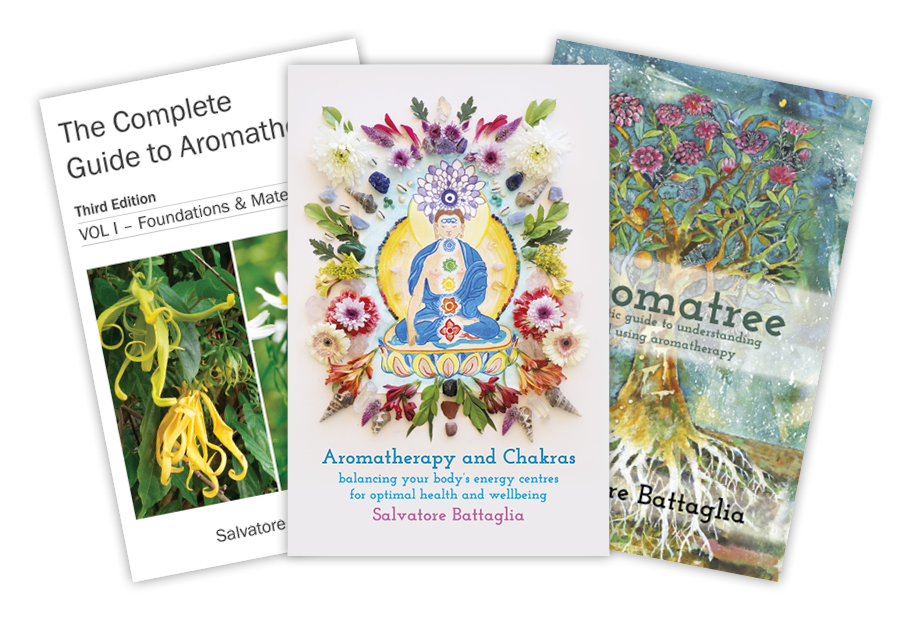Download PDF
Botanical name
Cryptomeria japonica
Botany and origins
Yakusugi refers to “Japanese cedar” from the island of Yakushima, typically growing at an altitude of 500 m and higher. Yakushima is a subtropical island off the southern coast of Kyushu and part of Kagoshima prefecture.
It is covered by an extensive cedar forest that contains some of Japan’s oldest living trees. Trees more than 1,000 years old are called yakusugi (a combination of Yakushima and sugi, the Japanese word for cedar), the most ancient of which may be over 7,000 years old.1
Younger trees are referred to as kosugi “small cedars” and replanted cedars are referred to as jisugi “local cedars”. Generally, the Japanese cedar lives for about 500 years; however, yakusugi trees live much longer.
They grow on less nutritious granite soil and have a tight wood grain. The wood has a high resin content due to Yakushima’s high rainfall and high humidity, making it resistant to rotting. The higher resin content allows
the trees to have longer lives. Many trees are more than 7,000 years old.2
As a subtropical island, Yakushima attracts a lot of rainfall. A local saying states that it rains 35 days a month. While that may be an exaggeration, it does rain almost on a daily basis, especially in the mountainous interior. The rain can also be light and limited to short periods of time. In higher elevations the precipitation falls as snow during the winter months.1
History
The island’s cedar forests were logged extensively in the past, particularly during the Edo Period (1603-1868) for the production of cedar shingles and ship building.1
Sadly, during the Edo period, 50-70% of all Yakusugi trees were felled to make shingles to pay taxes to the ruling Shimazu clan. Until the mid-17th century, the interior mountains were considered the realm of the gods, and not a place for loggers to venture.3
The Meiji government (1868-1912) prohibited the cutting of trees. It is no longer permitted to cut down yakusugi today; however, souvenirs are made from stumps and trees that fall naturally as a result of typhoons. These trees are referred to as domaiboku, which means buried trees in the ground.4
Today the forests have recovered from past logging and many areas of Yakushima are now a national park. Some areas were declared a Natural World Heritage Site in 1993.1
This precious wood is strictly controlled. The wood is often used to make wooden handicraft items. The resin-rich wood not only prevents decay, but it provides a beautiful gloss the more it is used.2
Method of extraction
Yakusugi oil is steam distilled from the dead wood of Cryptomeria japonica trees that are over 1,000 years old.
Characteristics
Yakusugi oil is a light amber-coloured viscous oil with a delicate, floral, woody note with a sweet-resiny woody undertone. The scent is consistent on dryout and remains uniform for a considerable length of time. It has outstanding tenacity.
Chemical composition
Yakusugi essential oil is rich in many unique and rare sesquiterpene compounds. The chemical profile of yakusugi essential oil is as follows:5
δ-elemene (0.51%). α-cubebene (0.34%), α-copaene (0.86%), di-epi-α-cedrene (1.8%), β-elemene (0.87%), α-cedrene (3.74%), caryophyllene (2.37%), β-cedrene (1.49%), cis-thujopsene (3.51%), epi-cedrene (1.33%), cadina-3,5-diene (4.6%), Ƴ-muurolene 2.5%), aromadendrene (0.5%), α-amorphene (8.16%), β-bisabolene (1.55%), cuparene (1.62%), Ƴ-cadinene (0.69%), δ-amorphene (17.45%), cis-calamenene (10.43%), α-calacorene (1.8%), elemol (2.14%), cedrol (1.95%), epi-cubenol 2.59%), Ƴ-eudesmol (1.44%), cubenol (2.48%), α-eudesmol (2.57%).
Aromatherapy Uses
To my knowledge, yakusugi oil has not been used in aromatherapy because it is so rare and difficult to obtain. No pharmacological or clinical studies have been done and information about the oil has never been published.
It is very likely that the oil has potent antifungal and antimicrobial activity. This would account for the tree to survive for such a long period in a very harsh environment. It is also likely to have potent insecticidal activity. However, I would be reluctant to use such a special oil as an insecticide.
I am more interested in the effect the scent has on our psyche and the subtle qualities.
The following information is based on my personal experience upon inhaling the oil.
The scent of yakusugi oil is very calming, comforting and soothing. It would be beneficial to alleviate anxiety, stress and nervous tension. I felt a deep inner calm. It inspired confidence and courage allowing me to trust my heart and spirit. The oil exudes a subtle, sensual aroma that helps to integrate the body, mind and spirit. Yakusugi has an ethereal aroma that makes you feel as if you are surrounded by the wise spirit of a 1,000 + year old tree. Indeed this is the perfect oil for any sacred purpose.
Blending tips
Yakusugi oil would blend well with bergamot, black pepper, Atlas cedarwood, fragonia, frankincense, lavender, lemon, neroli, rose otto, sandalwood and vetiver.
Safety
The chemical profile of the oil indicates that it would be very safe to use in a diffuser or in topical applications. The oil is very rich in sesquiterpenes.
References
- Yakushima. Downloaded on 1 Aug 2019 from https://www.japan-guide.com/e/e4650.html
- Yakusugi cedar handicrafts| Authentic Japanese product. Downloaded on 7 July 2019 from https://japan-brand.jnto.go.jp/crafts/woodcraft/3363/
- Yakushima life: Yakusugi. Downloaded 7 July 2019 from http://www.yakushimalife.com/Main/AboutYakushima/Yakushima1b.php
- Yakusugi. Downloaded on 7 July 2019 from https://en.wikipedia.org/wiki/yakusugi
- Southern Cross University. Perfect Potion yakusugi oil – certificate of analysis. 2019


